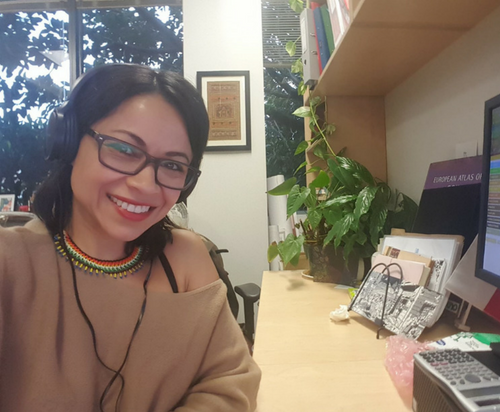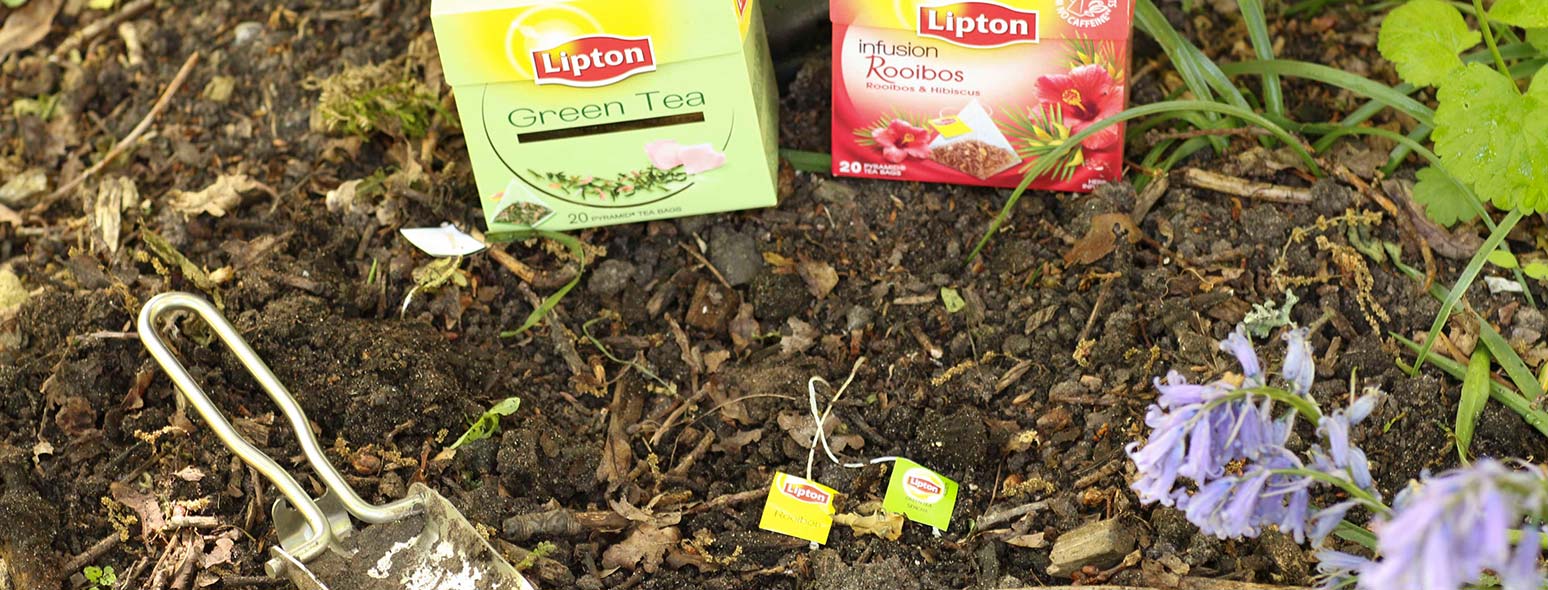AIM
The aim of the experiment is to measure the rate of decomposition of two different types of tea bags – green and rooibos. This information will be used to determine the health of the soil at your school, in your backyard or on your farm.
WHAT DOES THE KIT CONTAIN?
When you receive your kit it will contain 10 green tea bags, 10 x rooibos tea bags, seedling labels to mark where the tea bags are buried, a spade, wash bottle, soil sample jars, soil pH testing kit, trays, return post satchel, data sheets and lesson resources.
WHY DO WE USE TEABAGS?
To determine whether the soil has a healthy microbial community that can decompose organic material, we need to provide them with something to decompose. Tea bags make wonderful candidates as the organic material is contained in the tea bag. This makes measuring differences in decomposition easy. In addition, the material of the tea bag allows air, water and the microbes adequate access to the tea. In the TeaComposition project, we have followed a standardised methodology called the Tea Bag Index. In this methodology they use green tea and rooibos tea bags. A key difference between the two is that green tea breaks down easily while rooibos takes longer to decompose. The relationship between these two teas will tell us about the decomposition rate and stabilisation of the soil.
METHOD
1. Locating your two sites
At the beginning of September, you will bury your tea bags at 2 sites around your school – a managed (high human intervention) and an unmanaged site (low human intervention).
2. Preparing your replicates
Each site will have 5 replicates where a replicate is defined by 1x green and 1x rooibos teabag tied to a seedling label. It is important that each replicate remains intact, if one of the teabags is damaged or goes missing, that replicate is no longer useful.
3. Weighing your tea bags before burial
Before you bury the tea bags at each site, they must all be weighed and the data entered on your school’s page. You will then bury your tea bags and leave them there for 3 months. If you start the project late, it is okay to bury the tea bags for 60 days.
4. Exhuming your tea bags
After 3 months you will exhume the tea bags and allow them to dry for a few days. You will then weigh the tea bags for their final weight and enter the data into your school’s page. If your final weights are greater than the initial weight, this could mean you need to allow the tea bags to dry for longer to evaporate any extra moisture.
5. Sending in your soil samples for analysis
You will also fill two containers (included in the kit) full to the top with soil from the managed and unmanaged site. Using the return post satchel, you will send them back to the University of Sydney and our soil scientists will analyse the soil for a particular set of properties that can inform us about soil health.
Useful links
Meet the team

Professor Alex McBratney
Director of the Sydney Institue of Agriculture

Associate Professor Damien Field
Head of School, School of Life and Environmental Science

Dr Edward Jones
Digital Soil Mapper
Now, with your help, we will make maps of the biological acitivity of soils. You may not notice it from above ground, but soils are incredibly diverse. Understanding this variation is important for understanding how the soil formed, how healthy it is and how we can secure our soils so that they can perform their imortant functions for mankind and the environment long into the future.
Good maps require a lot of data points so I am excited to work with all of you and build something great together.

Dr Vanessa Pino
Soil Scientist
Another passion of mine is citizen science as it can increase our knowledge by working together. The TeaComposition project is a great initiative that will bring together our local communities – from farmers to students and even researchers. It’s a lot of fun digging up tea bags from our gardens and environment. However, it’s also important because the information we receive could help to unlock the many secrets hidden in the soil and allow us to make changes for the benefit of the planet as a whole.

